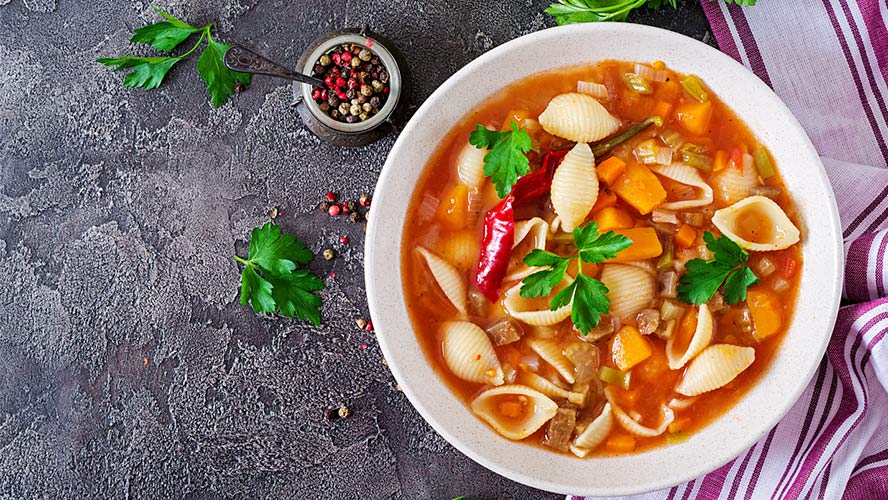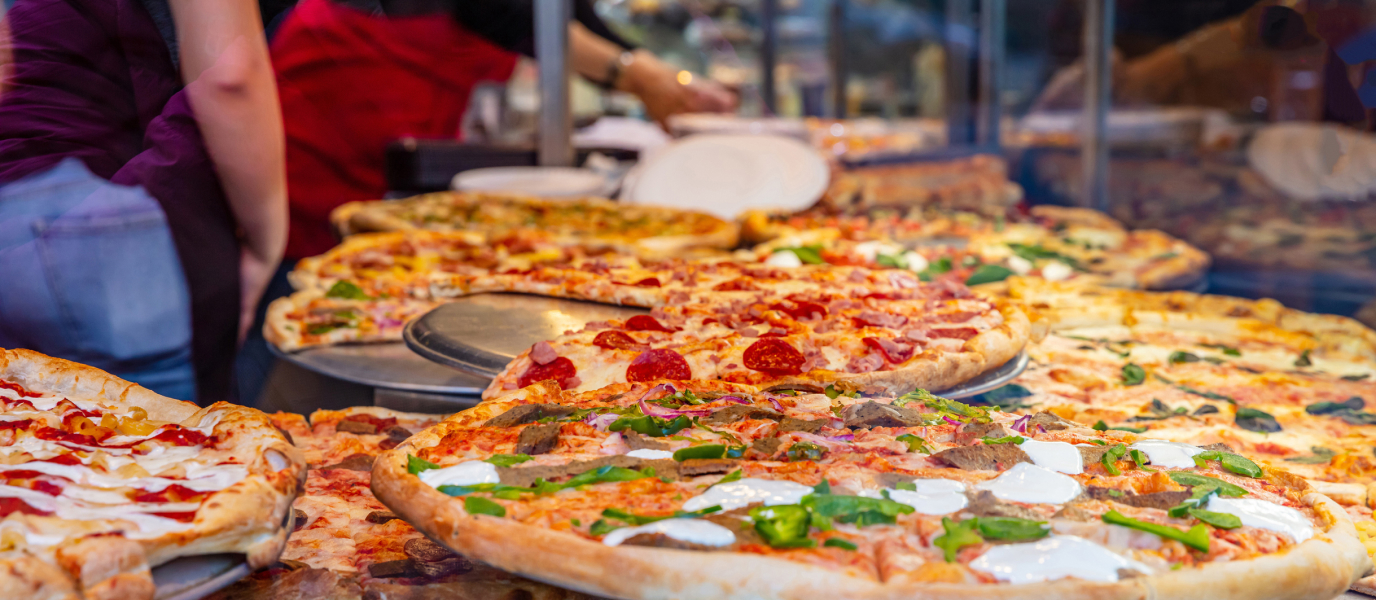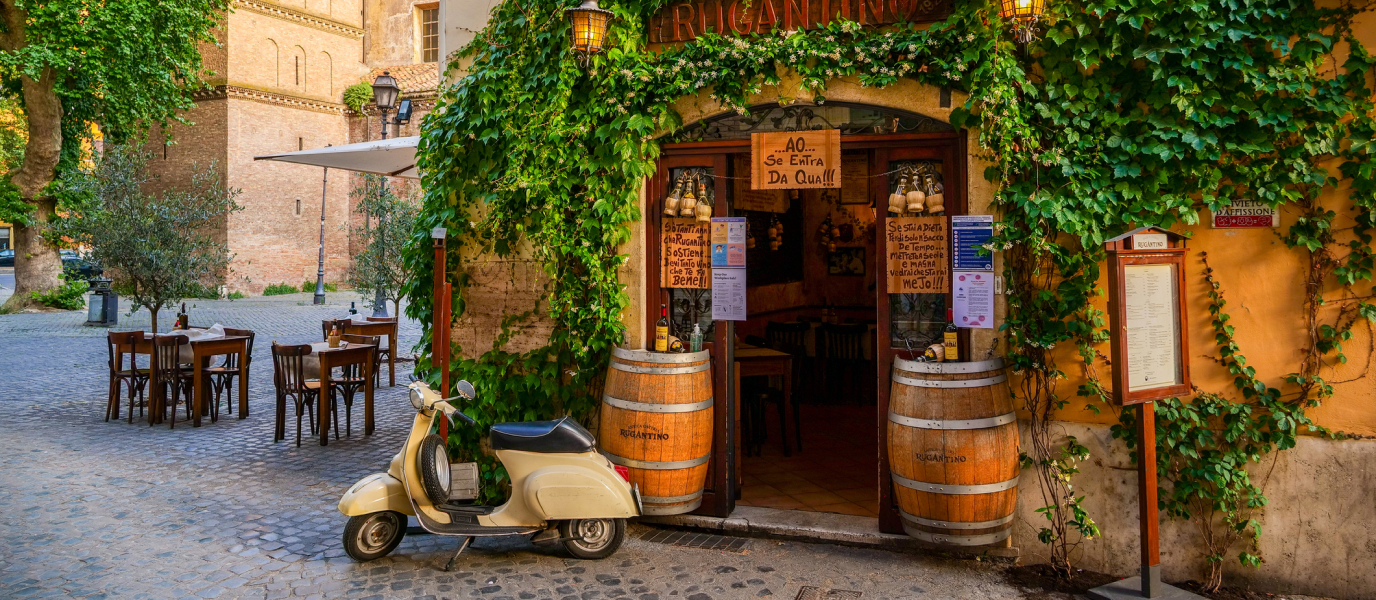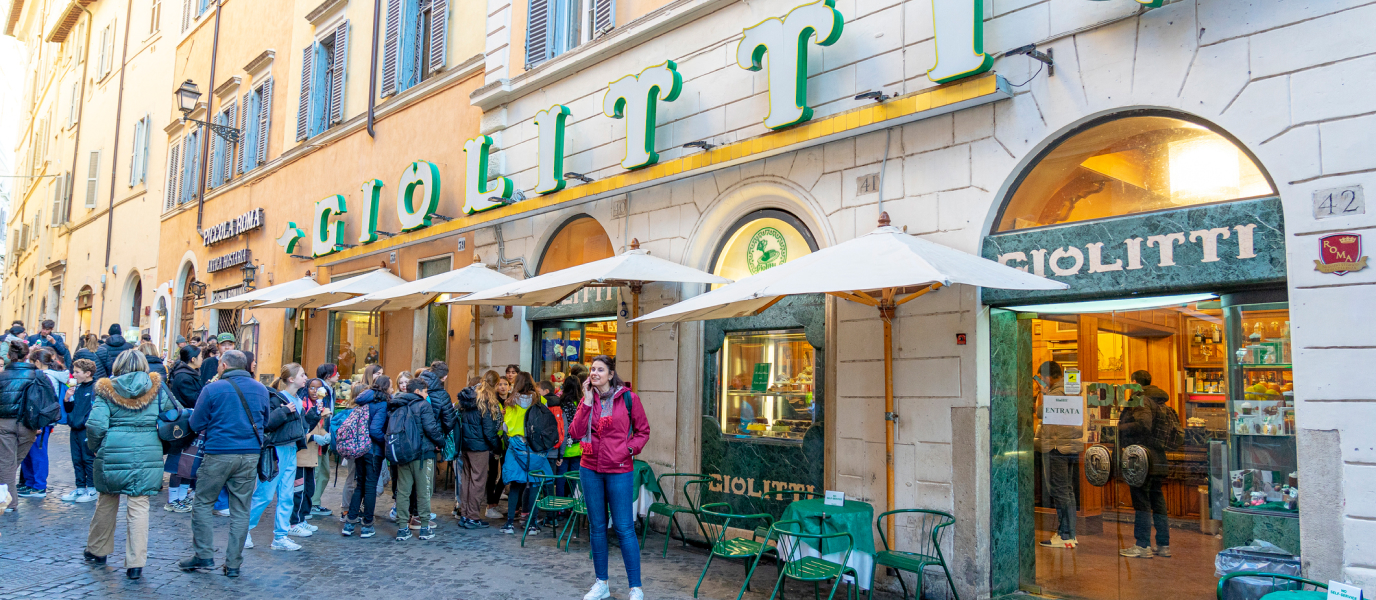The wonderful thing about travelling in Italy is the unique culinary experience each place offers visitors. Traditional Roman dishes are no exception and are intrinsically part of the Roman way of life and their kitchens.
Pasta is the star ingredient, topped with seemingly simple yet succulent sauces, slowly simmered for hours according to culinary tradition. Conveniently located in the centre of Italy, it gets the best of the land and sea, giving rise to a varied cuisine rich in vegetables, fish and meat. Restaurants are
not the only place reflecting Rome’s privileged geographical location, the city markets are also a wonderful conglomeration of the best of Italian products.
Roman cuisine is a reflection of its long history and the peoples that formed part of it. Thanks to this rich history and abundance of fresh produce, it has produced one of the most loved cuisines in the world. Come discover the unique way Romans prepare gnocchi, artichokes, saltimbocca or the sweet maritozzo.
Roman cuisine
Pasta is a staple of Italian, and of course, Roman cuisine. Topped with the most deliciously simmered sauces, it’s a quintessential part of any meal enjoyed by Romans and, of course, Italians in general. Restaurant menus brim with a wide selection of incredible dishes.
When pasta is described as being prepared alla romana, it means the sauce, or ragú, is made from leftover pieces of meat and vegetables and left to simmer for more an hour to let the ingredients release their incredible flavours. Then, it is served with rigatoni, a ridged tubular pasta used in many traditional Roman dishes. Rigatoni alla romana may be a favourite but the sauce can be paired with any type of pasta, including penne, bucatini and fetuccine.
You can find all types of Italian pasta dishes in Rome but the authentic Roman dishes are the following four:
- Carbonara: Disregard the Anglicised derivative you are used to – this is the real deal. Pasta is dressed with a sauce made from raw egg, parmesan or pecorino cheese and guanciale – cured meat made from pig jowl – and, most importantly, it doesn’t contain any cream.
- Amatriciana: Tomatoes, guanciale, olive oil and black pepper make up this hearty sauce. Once cooked, it’s added to the pasta and topped with copious amounts of grated pecorino romano cheese. Some recipes switch up the black pepper for chilli peppers.
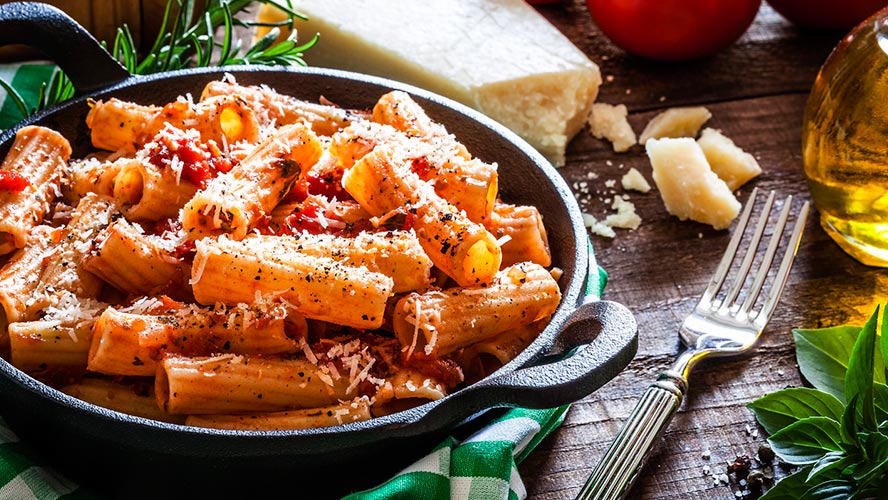
- Cacio e pepe: ‘Cheese and pepper’ is the literal translation of this creamy delight. This simple dish yet flavour-packed sauce is then added to tonarelli, a spaghetti-like, egg-based noodle but a bit thicker.
- Gricia: This dish dates back to 400 AD and was initially prepared by shepherds and farmers in the province of Rome. The ingredients of this earlier version of Amatriciana include guanciale, pecorino romano cheese, which is then added to almost any type of pasta: bucatini, rigatoni, penne rigati and spaghetti.
Gnocchi
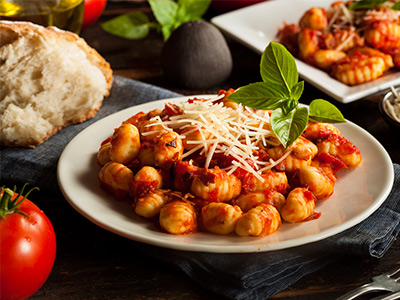
Gnocchi is found in different variations around the country. These pillowy clouds of lightness were concocted in verdant Piamonte and are the ultimate comfort food. The Romans have their own very version: gnocchi alla romana. It differs slightly from the other potato-based versions as the Romans prepare their gnocchi with semolina (durum wheat).
Gnocchi is a great alternative to pasta and topped with any of the yummy sauces described above, it makes for a finger-licking meal!
Caprese salad
Caprese salad is a marriage of Italian cuisine staples: ripe tomatoes, fresh mozzarella, basil and olive oil. This simple dish is originally from the island of Capri, off the coast of Naples, but the refreshing taste has won the heart of all Italians and foreigners alike.
Bruschetta: the ultimate starter dish
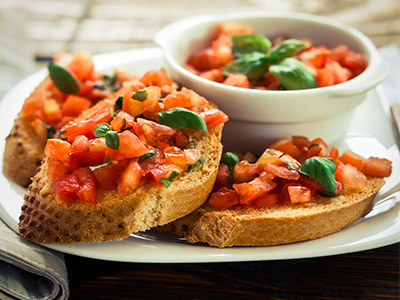
Who doesn’t love to kick off a stellar meal with some freshly grilled bread, drizzled with savoury olive oil and laden with different types of toppings? This includes the all-time classic antipasto of freshly diced tomatoes, mozzarella and fresh basil. It may be a borrowed dish from Tuscany but it tops restaurant menus in Rome.
Minestrone, carciofi alla giudia and other traditional Roman dishes
There are so many other dishes that come to mind when talking about traditional Roman cuisine. You won’t find them all on listed on restaurant menus. These simple mainstay dishes are examples of some of the succulent dishes whipped up at home by Romans with staples of the Roman pantry. No need to wait for your trip to enjoy these dishes, they can be prepared from the comfort of your kitchen.
- Carciofi alla giudia: We owe this delicious deep-fried artichoke recipe to the 16th-century Jewish population of Rome. Giudia is the Roman dialect term for Jew and they heavily influenced Roman cuisine.
- Saltimbocca alla romana: These prosciutto- and sage-wrapped veal escalopes are fried before the pan is deglazed with white wine to create a sumptuous sauce. They can be served either flat or rolled up.
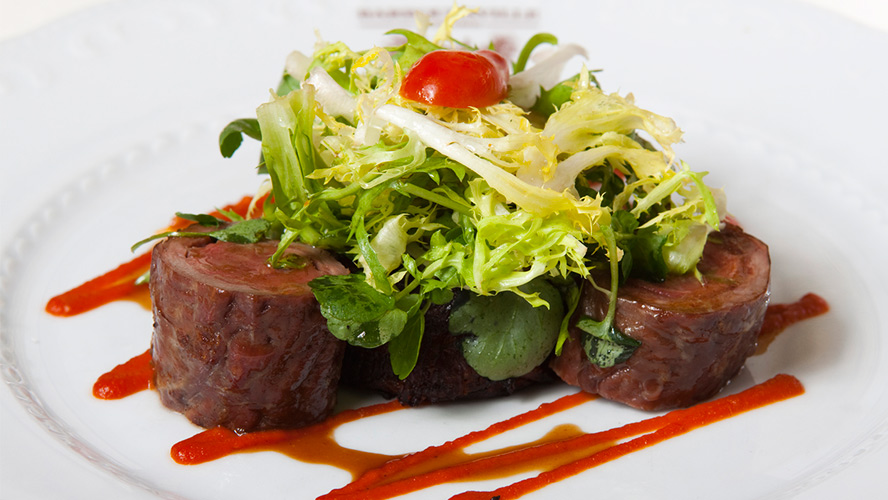
Saltimboca, served and ready to be eaten - Rigatoni con la pajata: The pajata is the intestines of a suckling calf. It’s cooked with garlic, onion, tomato, olive oil and pepper to make a lovely sauce that is served with rigatoni. Although the star ingredient may sound off-putting, we swear it’s a true delicacy.
- Trippa alla romana: This tomato-based tripe dish is an explosion of flavours that will have you reaching for the bread to wipe up every last speck of deliciousness.
- Maritozzo: This classic pastry is a sweet roll with fresh cream and has been a Roman classic for centuries. It is commonly eaten at breakfast but also makes a great snack or dessert.
- Minestrone: This thick, vegetable-loaded soup is an absolute favourite. It’s usually made with seasonal vegetables such as beans, celery, carrots and tomatoes with pasta and rice.
- Risotto: This creamy rice dish is typical of northern Italy but that doesn’t mean you can’t enjoy a plate while in Rome. Many establishments serve up this popular dish combined with different ingredients.
